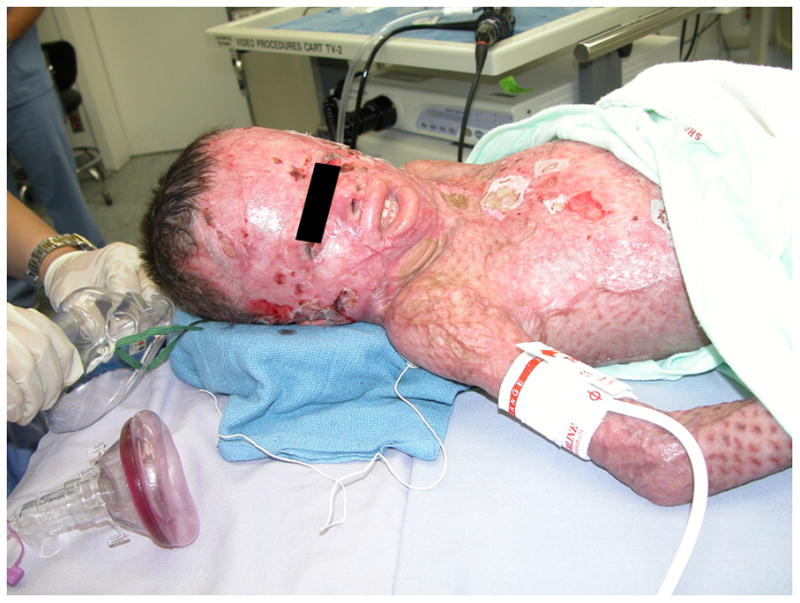FIGURE 5. Severe scar contracture developing before complete wound coverage.

In contrast to edema affecting airways in the early phase, burn scar contraction of mouth and neck can complicate airway management during acute recovery phase. Reduced mandibular mobility and contraction around oral commissures can make it difficult or impossible to advance the jaw and open mouth. Furthermore, the airway can become obstructed by collapse of pharyngeal tissues during induction of general anesthesia. In these instances direct laryngoscopy can be difficult or impossible because the larynx also can be tethered to surrounding structures. Awake fiber optic intubation is an option. Ketamine provides analgesia and maintains respiratory drive and pharyngeal tone for pediatric patients and adults who will not tolerate awake intubation.
